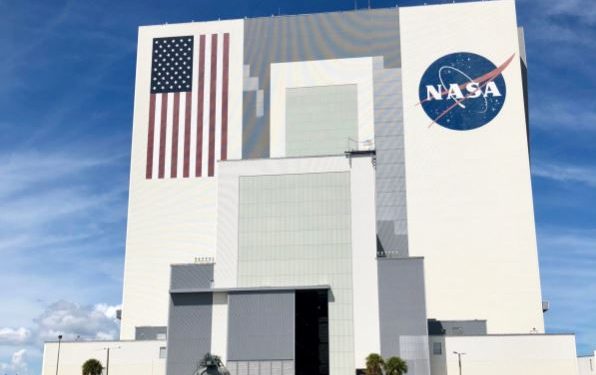Washington: NASA’s Perseverance rover which did not collect a rock sample on Mars in its first attempt to gather samples, is all set for another attempt in the coming weeks to scoop up Martian rocks.
The rover will drive to a new location called Citadelle for a second shot at picking up its first rock sample.
“This time, to make sure a sample is actually collected, engineers will wait for images of the sample tube to come back before it gets processed and stowed inside the rover’s belly,” reports The Verge.
“We were just super excited that the hardware worked from beginning to end without any faults. And then there was that surprise – ‘No sample? What do you mean no sample?’,” said Louise Jandura, the Chief Engineer for Sampling & Caching on NASA’s Perseverance team.
“The rock simply wasn’t our kind of rock,” Jennifer Trosper, Project Manager at NASA’s Jet Propulsion Laboratory, wrote in a blog post.
“Although we had successfully acquired over 100 cores in a range of different test rocks on Earth, we had not encountered a rock in our test suite that behaved in quite this manner.”
Early last month, the self-driving six-wheeled robot started its journey across Jezero Crater floor to seek signs of ancient life. The crater harboured a big lake and a river delta in the ancient past.
While Perseverance, using its 2-metre-long robotic arm, drilled a hole on Mars, it could not collect and store samples as intended.
“Telemetry from the rover indicates that during its first coring attempt, the drill and bit were engaged as planned, and post-coring the sample tube was processed as intended,” NASA had said in a statement.
But recent “data sent to Earth by NASA’s Perseverance rover after its first attempt to collect a rock sample on Mars and seal it in a sample tube indicate that no rock was collected during the initial sampling activity”, it added.
Perseverance rover was launched on July 30 last year and arrived at the red planet on February 18 after a 203-day journey traversing 472 million kilometers. It will be the first mission to collect and cache Martian rock and regolith — broken rock and dust.
IANS







































